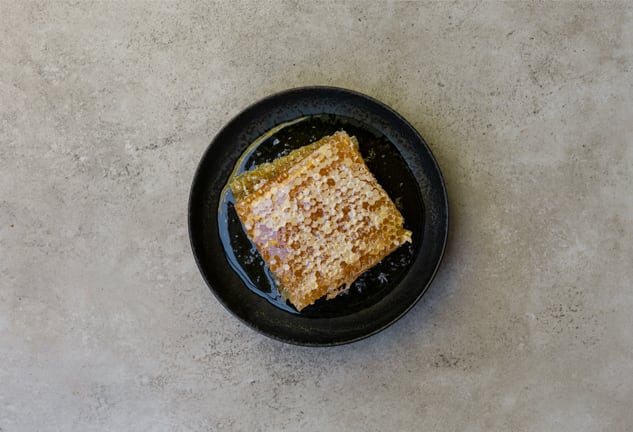Manuka & Tea Tree Honey
This powerful and popular honey has been used for generations for its antibacterial and healing qualities. But where does it sit in the Australian Honey landscape?
What is Manuka honey?
Both Tea Tree Honey and Manuka Honey are sourced from a tree species called Leptospermum. Of the 80 subspecies of Leptospermum, 77 are found near coastal regions of Australia, while one subspecies (L. scoparium) is common between Australia and New Zealand. This particular subspecies is what is commonly referred to as Manuka.
Manuka Honey and Tea Tree Honey both have antibacterial and healing properties. Medical grade honey sourced from Leptospermum plants has become a modern treatment for wounds and skin infections. Read more here.
At Beechworth Honey, we acknowledge the medical benefits of some Leptospermum honeys, but we don’t make any medical claims with our honey. We are all about 100% Australian honey, amazing flavour and the health giving vitamins, enzymes and antioxidants of all 100% Australian honey.

Honey and beeswax have been widely used in skincare for years
Thanks to antibacterial and beneficial components, raw honey and beeswax have been widely used in beauty and skincare products for many years.
Beeswax is known for its protective and humetcent qualities; creating a protective barrier, while drawing moisture in.
Explore more types of honey

Creamed Honey
Creamed honey is a dense and luscious honey, favoured for its spreadability. But how is it made? And no, there is no cream involved!

Raw Honey
Minimal intervention and a light touch ensures that all of our honey is in fact defined as raw honey! Let us take you through what that process looks like.

Raw Honeycomb
This fascinating byproduct of honey making is in its own right a unique delicacy that should be celebrated and enjoyed!

Single Varietal Honey
Australia has the largest collection of single varietal honey in the world. Single varietal honeys are a true reflection of nature with each plant species creating distinctly different colours, tastes and textures of honey.




